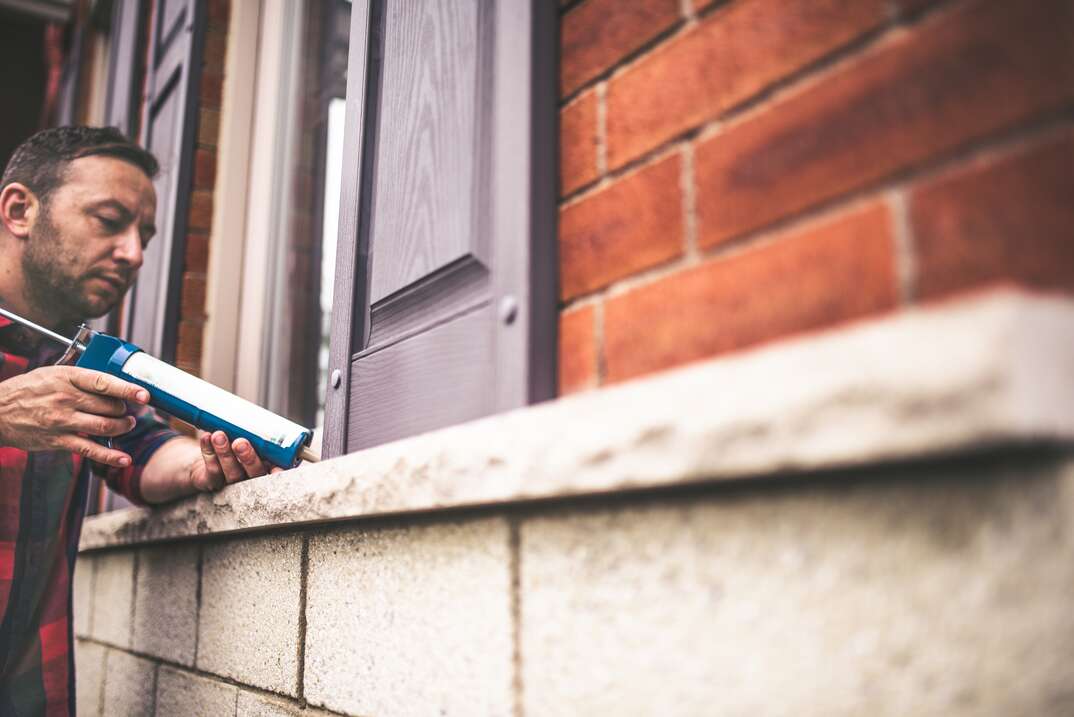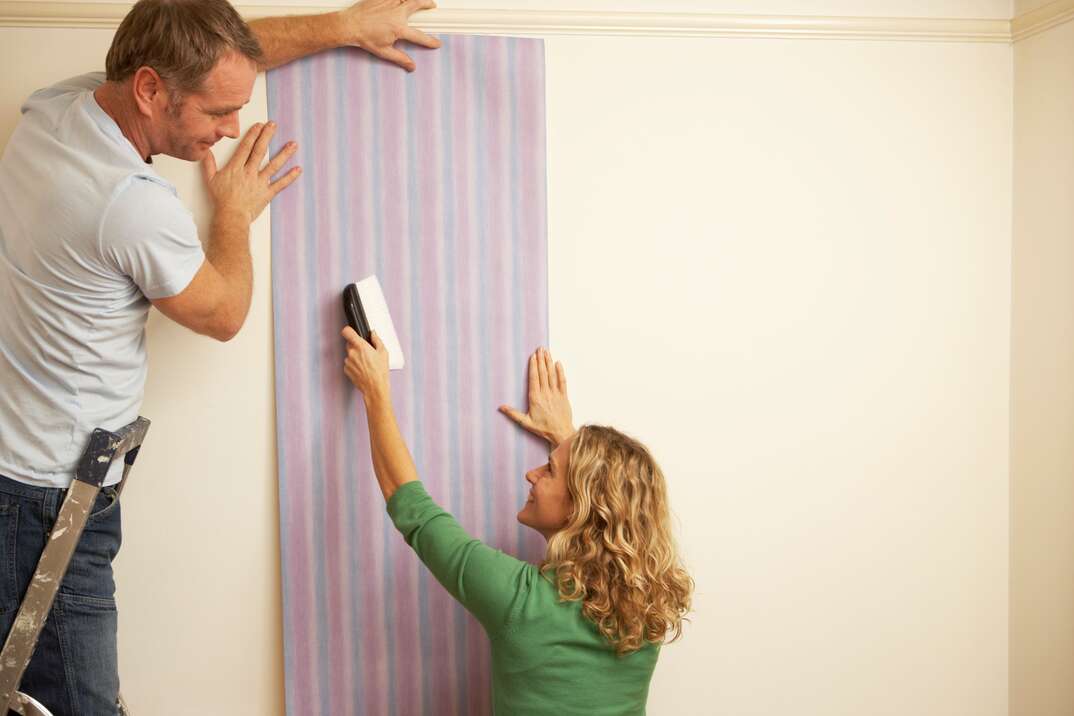The Do's and Don'ts of Caulking Windows

Are your windows drafty? Or did you just install new windows that still need sealing? Caulking helps prevent outside air and moisture from getting inside your house. Ready to seal the deal, but aren't sure where to start — like, which calk to use or how to use it or want to know some tips for the best way to get it done? In the sections below, we'll walk you through some of the important things to know about caulking, as well as the do's and don'ts.
This May Also Interest You: 5 Ways to Winterize Your Windows and Keep Your Home Warm
You don't want your windows to the outside elements to seep in or your home's climate-controlled air to seep out. Gaps or cracks can cause your utility bill to rise as your heating, ventilation and air conditioning (HVAC) system is forced to run harder to warm or cool the house. That's where caulk comes in.
What Is Caulk?
Caulk is a polymer that you apply around the edges of windows or areas you want to seal off. The thick, typically white substance is used to prevent air and moisture from entering or leaving. When you purchase caulk at a hardware store, it's most often going to come in a tube gun for easy application. It's available in a squeeze tube as well — though you may find things get a bit messier using that method.
Before you take on the job of caulking the windows in your home, you need to be sure you understand the right way to do it. Spending the time it takes to do it only to find out it wasn't correct is a disheartening (and potentially messy) prospect. For example, do you know if you caulk on the inside or the outside, how to apply it or what you need to do differently if it's humid? or These are all important details.
How To Seal Your Windows
If you notice a crack at the edges of your window, you'll need to seal it. Leaving it unattended can lead to bigger problems. In addition to caulking, there are a variety of ways you can go about fixing the problem, including:
- Weather stripping
- Shrink film
- A draft snake
Any of these options can address a leaky window. Some, say for example shrink film, may not be something you want to leave in place all the time, but it provide a stopgap solution until you're able to find a long-term fix.
Getting Ready to Caulk Windows
You can caulk the inside and the outside of the windows — though you shouldn't use the same caulk for both. There are specific varieties used for exterior windows that are better able to stand up to the outside elements. Meanwhile, the caulk you use on the inside of your home shouldn't contain toxic fumes.
Before caulking, make sure that the area you are getting ready to treat is cleaned of dirt and debris. This will help the caulk stick properly and do its job better. Also, be sure the area is completely dry before you start.
How to Apply Caulk
When you have cleaned the whole area needing to be caulked, you can then begin to apply it. Here are a few simple steps you can follow to make sure you do it correctly.
- Cut the plastic tip of the gun to allow the caulk to come out.
- Make sure that, when you're holding the gun, it's at a consistent angle the whole time you are applying.
- Start at the one end and hold the trigger from start to finish, making one straight, continuous line end to end.
- When you finish the line, examine your work to make sure the caulk fully covers the crack; if not, you'll need to reapply in that area using a putty knife.
- Remove excess caulk with a putty knife.
Where Not to Apply Caulk
Knowing what not to do when caulking is perhaps just as important as knowing what to do. Case in point: Anything on the window that moves should not have caulk applied to it. You want to be able to actually, ya know ... open your windows again, after all.
Above the window frame and the weep hole are two areas it's important to stay clear of when caulking. Both of these components are responsible for preventing moisture from getting trapped and causing water damage.
More Related Articles:
What Caulk Should I Buy?
When you go to the store to buy caulk, you, of course, want to make the right choice and get one that's going to work well. The best exterior caulks are those that are of high quality, composed of a hybrid material or polyurethane.
What Tools Do I Need?
If you're looking to eschew professional help and caulk your own windows, that's certainly doable. Just be sure you understand what you're doing and how to get the best results. Here are some of the tools you'll find handy to that end:
- A caulk gun
- A caulk finishing tool
- A caulk tube stopper
- A putty knife
- A rag
- A screwdriver
- A wire brush
Caulking windows is important in order to seal cracks and help insulate our home, and it doesn't take long to do. Have the right tools on hand and follow our simple instructions, and you'll be able to have this job sealed up in no time.
Since we're all home now more than ever, being prepared for unexpected home repairs with a plan from HomeServe is important. Having a plan in place gives you the peace of mind knowing that you can simply call our 24/7 repair hotline for covered breakdowns. See what plans are available in your neighborhood.


